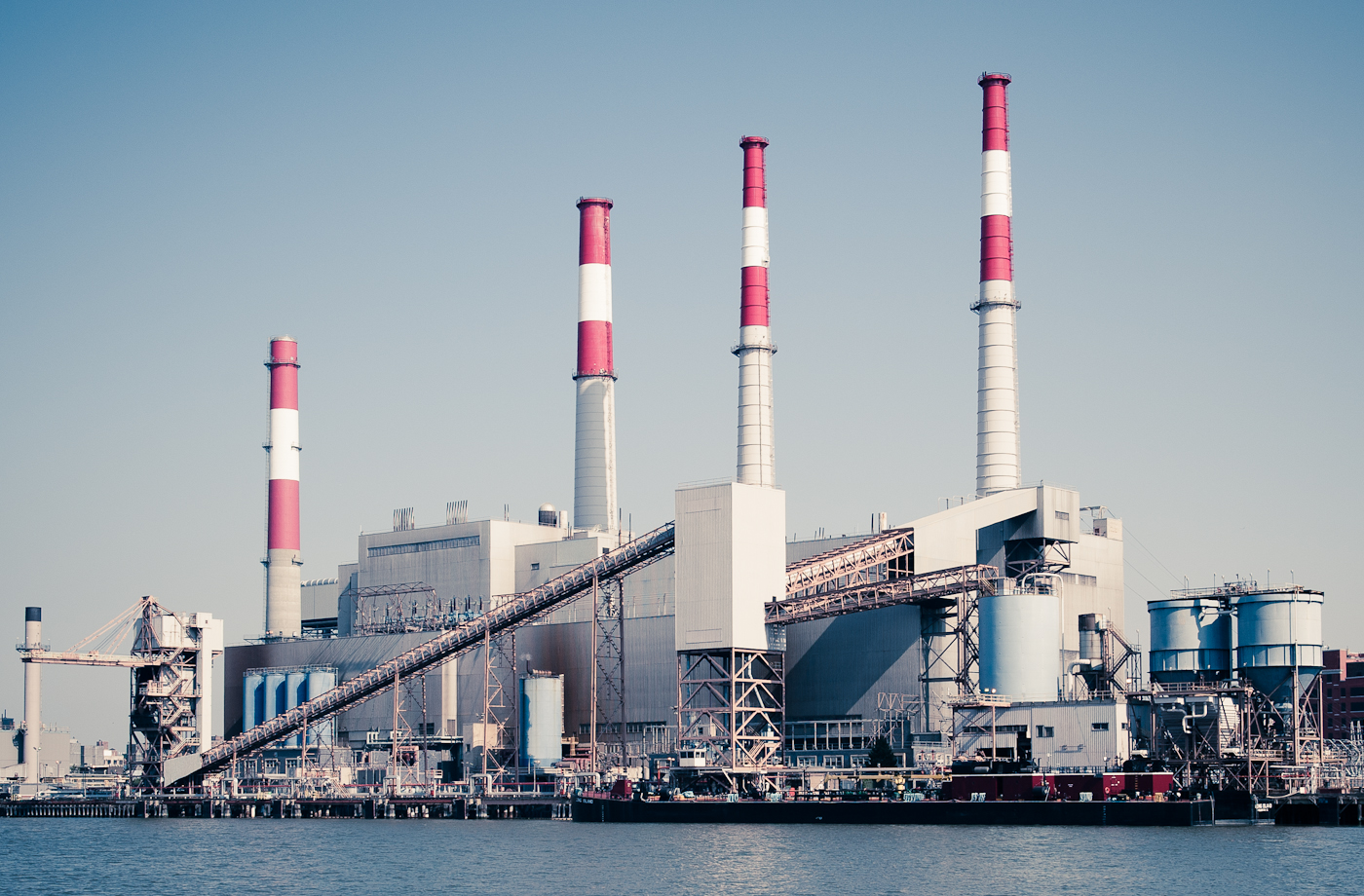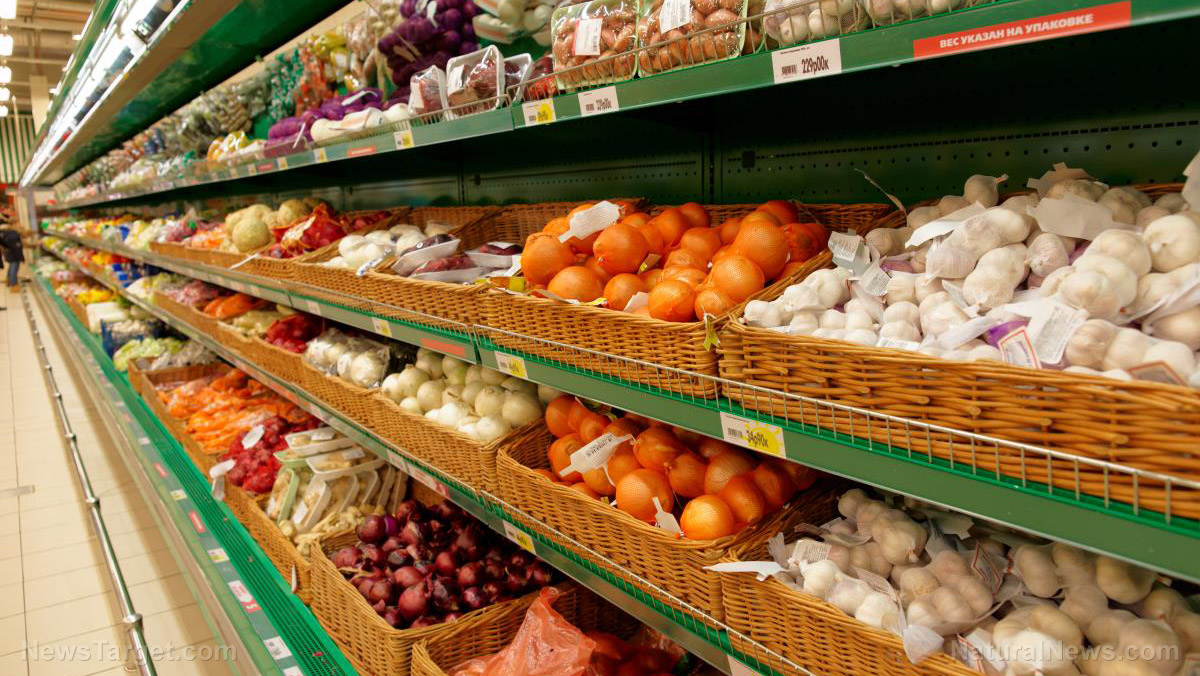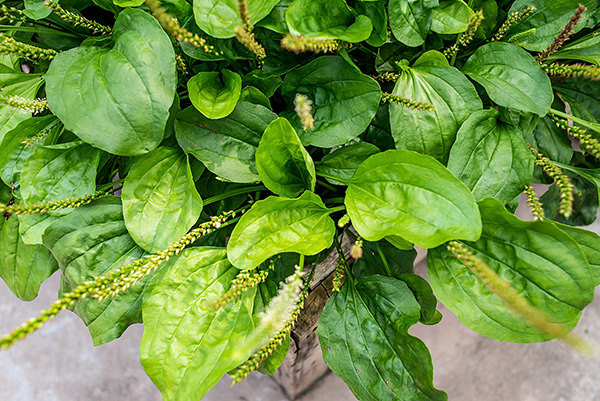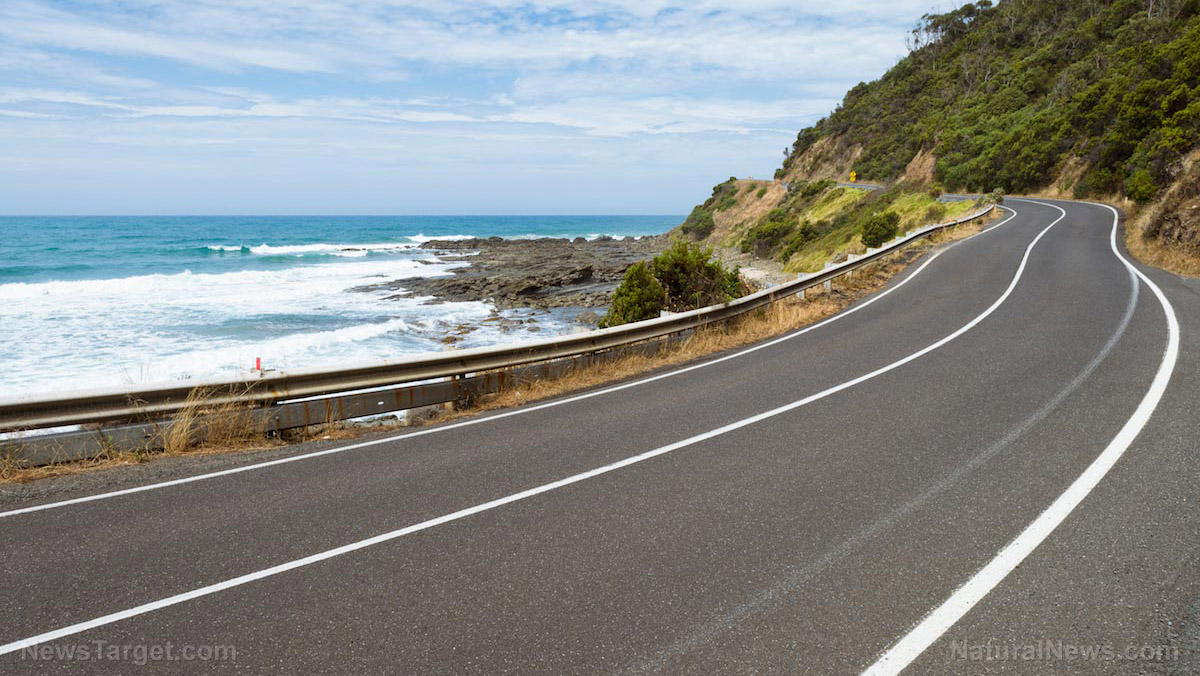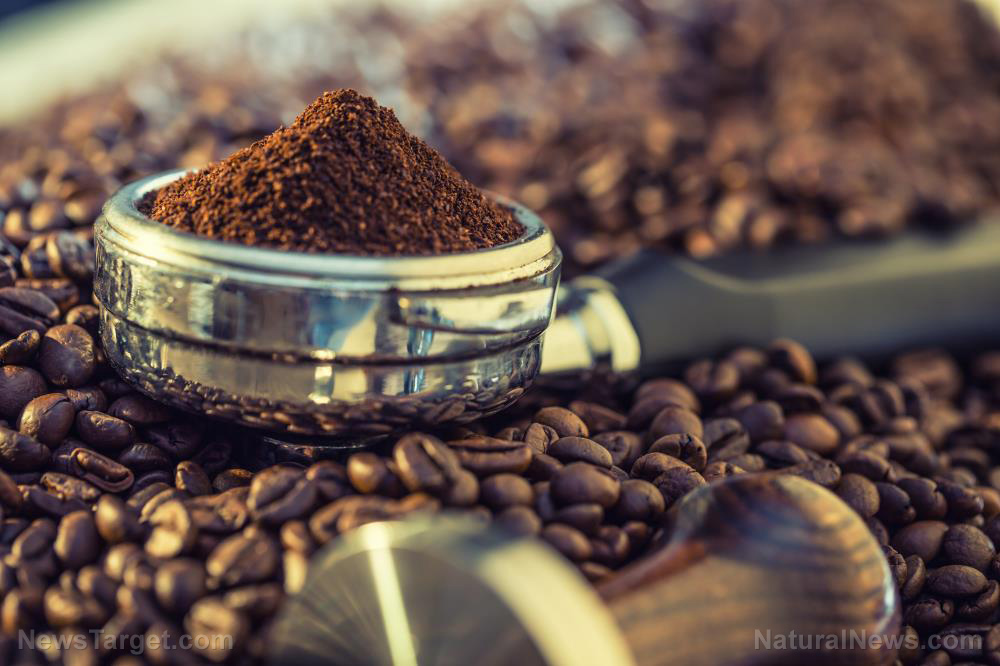
Frost and drought affecting coffee crops
Drought significantly hurt Brazil's coffee crops, followed by frost and freezes in July. The nation's crop usually fluctuates each year between a low and high-yielding cycle, and unfortunately, this year was a smaller one. (Related: Freak Brazilian cold snap damages coffee crops, prices expected to climb.) Brazilian farmers collected around 30.7 million 60-kilogram bags of arabica this year, compared to 48.8 million last year. The shortages have already driven Brazilian roasters to shift to robusta coffee, a more bitter, cheaper variety of beans. Coffee blends are expected to be 90 percent half robusta this year, said Marcio Candido Ferreira, a director at Espirito Santo-based trader Tristao Cia. de Comercio Exterior. Robusta is currently completely sold out in Brazil as buyers race for supplies. Little relief is coming. Even before the frosts in July, the U.S. already estimated Brazil's coffee stockpiles to be at their lowest in decades. Frost poses a threat to coffee trees: coffee is a tropical crop that does not like low temperatures. Sub-zero temperatures that allow crystals to form in the plants' cells are particularly lethal for coffee, destroying flowers and fruits, and causing frost burn on the leaves. In severe cases, this could lead to complete defoliation of the coffee tree. The most severe form of damage comes when there is the formation of ice crystals. these puncture the cells of the affected parts of the plant, causing them to turn black and die. Frost is especially devastating after a long period of drought, as the wilting leaves may make the plants more susceptible to low temperatures. In some cases, it can take one to two years for coffee plants to recover from a frost episode, but replacing them could take four or five years before seedlings can yield a decent crop. Extreme cold events are becoming less common nowadays and are being replaced by extreme heat. The weather is expected to severely hurt the next two arabica corps as well, as droughts are twice as destructive as frost, according to Jose Donizete Alves, a researcher at Lavras Federal University. The intense drought has hobbled the year's coffee harvest, and next year's as well. Farmers saw their trees flower prematurely, and they fear that the ongoing stress could hinder the ability of the trees to recover before the rainy season begins. The rainy season in Brazil usually begins in the winter in the northern hemisphere. This provides enough water for farmers to irrigate coffee plantations and keep their crops alive for several months. However, Brazilian coffee farmers in the central and southern regions claim that due to the drought, water sources have already been depleted, and crops may not be kept moist, and soils may not be able to hold enough water for the coming season. Read more about how weather and climate are affecting coffee supply at Climate.news. Sources include: Bloomberg.com Reuters.com Gro-Intelligence.com EmergingMarkets.todayGlobal prices for food commodities continue to rise
By Nolan Barton // Share
Prepper’s food delight: Fruits and vegetables you can grow in your own garden
By Mary Villareal // Share
By Arsenio Toledo // Share
Green scream: Plants emit “ultrasonic squeals” when stressed by drought or physical damage
By Virgilio Marin // Share
Climate alarmists hype sea level rise by 2050, claim it could be 50 times greater than actual data
By Mary Villareal // Share
An invisible assault: How everyday heavy metals sabotage brain health
By willowt // Share
Pentagon warns of China's rapidly expanding nuclear arsenal
By kevinhughes // Share
FCC grounds new Chinese drones in sweeping security move
By avagrace // Share
The methylation switch: Scientists identify diet that can turn back the cellular clock
By jacobthomas // Share
Renaissance or Ruin: A wake-up call for cultural revival and self-sufficiency
By kevinhughes // Share
Weight loss in midlife may trigger brain inflammation, study finds
By avagrace // Share
